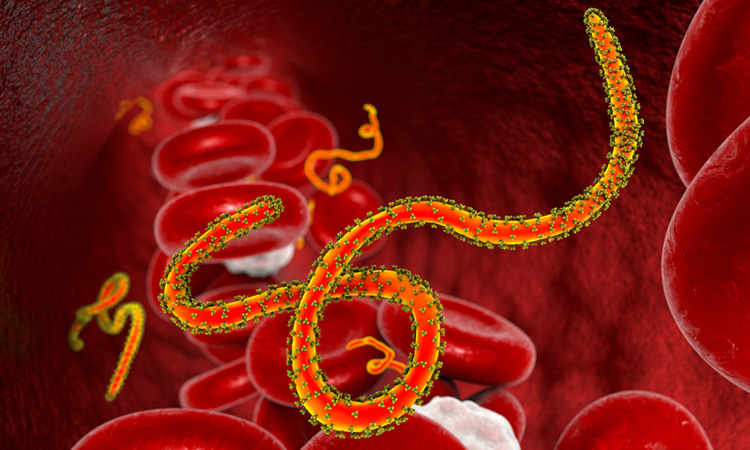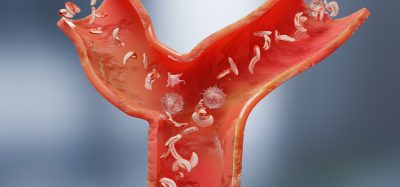New small molecules can prevent filovirus infection in cells
Posted: 9 February 2021 | Victoria Rees (Drug Target Review) | No comments yet
Through a series of experiments, researchers have identified small drug molecules that can inhibit filoviruses such as Ebola and Marburg.


Researchers have identified new small drug molecules that can block filoviruses, such as the Ebola and Marburg viruses, from infecting cells.
The team, from the University of Illinois at Chicago, US, have identified a second site on the filovirus glycoprotein to which small drug molecules can bind and prevent infection. The researchers say that small drug molecules that block two glycoprotein sites may be more effective and reduce the risk of side effects.
“We need to identify how these filoviruses get into cells as a means to help us identify or develop drugs that can prevent infection,” said Professor Lijun Rong, a corresponding author of the paper. “Even though at the moment Ebola and Marburg are not in the news that often, having drugs in our arsenal in case of a flare-up is invaluable. These viruses also mutate constantly, so having a better understanding of how they work will let us develop next-generation viral inhibitors.”
The researchers identified the second glycoprotein binding site by pairing the virus with hundreds of different small drug molecules thought to possibly have an effect on viral entry into cells. Several of the drugs were able to prevent viral entry.
Through a series of experiments using molecular, biophysical and structural experimental techniques, they were able to look more closely at how these drugs were interacting with the virus. They found that the drugs were binding to a previously unknown site on the viral surface glycoprotein required for cell infection.
“The good news is that there are already drugs approved by the US Food and Drug Administration (FDA) that can bind to the new site we identified,” Rong said. “If we can give drugs that bind to the site we newly identified and the site previously identified, it can help prevent viral infection with lower doses of each drug. Interfering with both sites on the viral surface glycoprotein, it also reduces the chances of the glycoprotein mutating to the point that it escapes the effect of the drug combination and is able to infect cells once again.”
These findings are reported in the journal PLOS Pathogens.
Related topics
Drug Development, Hit-to-Lead, Small Molecules
Related conditions
Ebola, Marburg virus
Related organisations
University of Illinois at Chicago., US Food and Drug Administration (FDA)
Related people
Professor Lijun Rong








